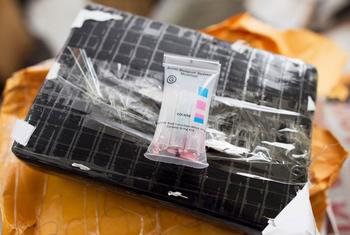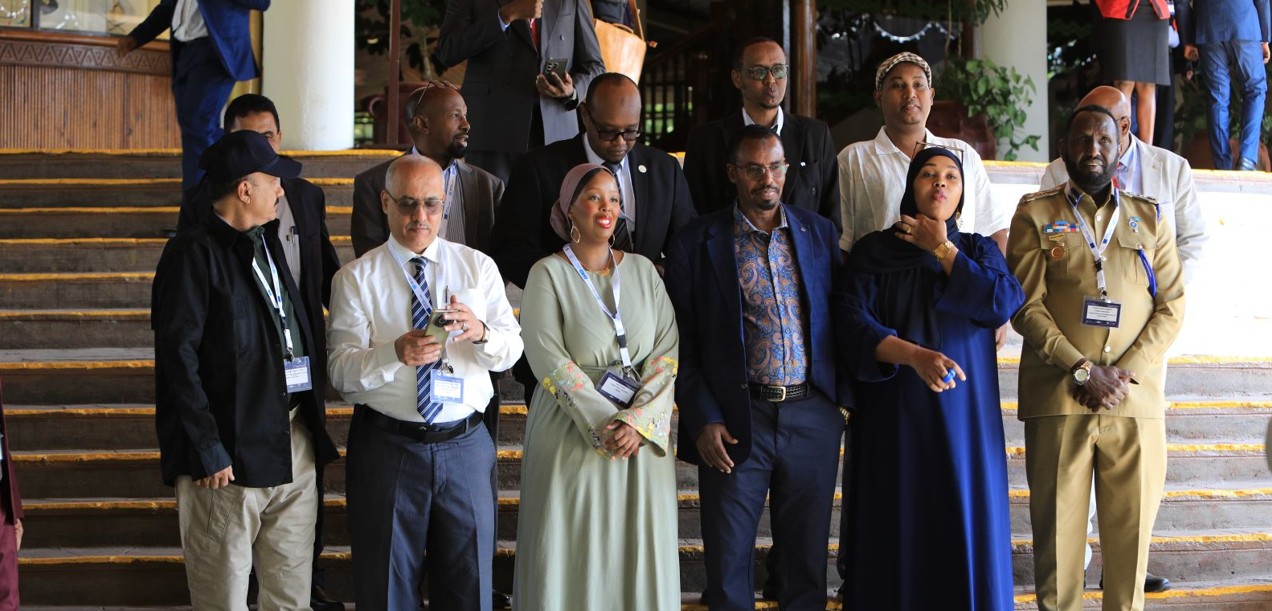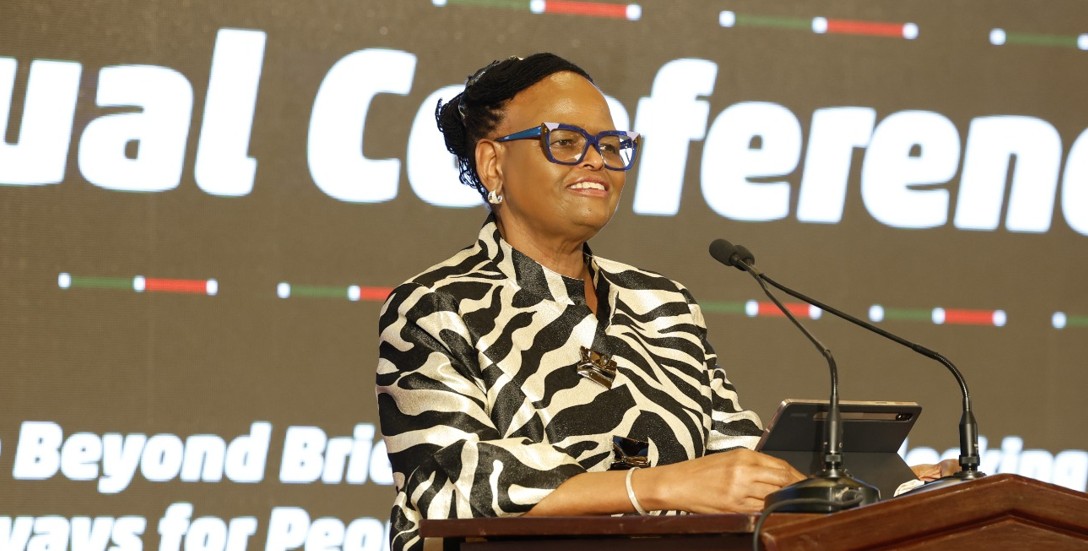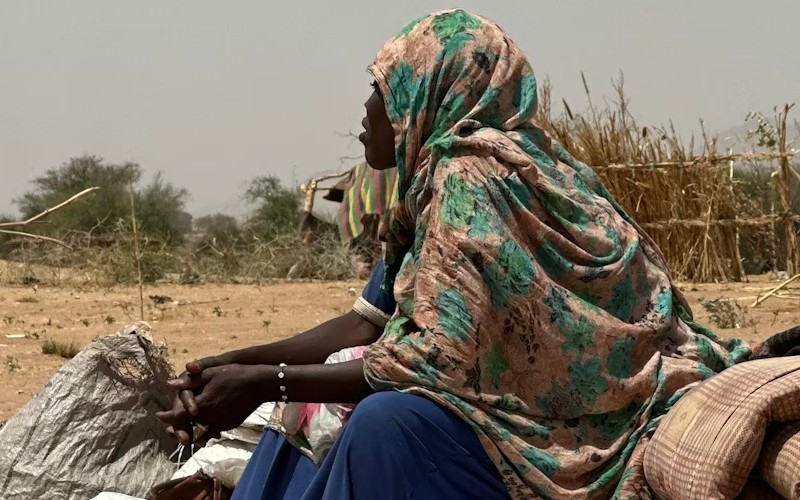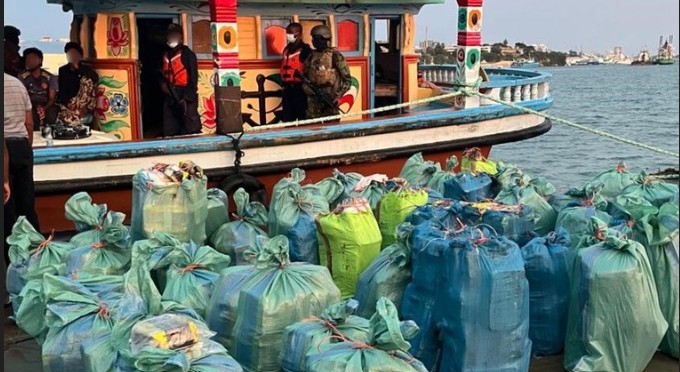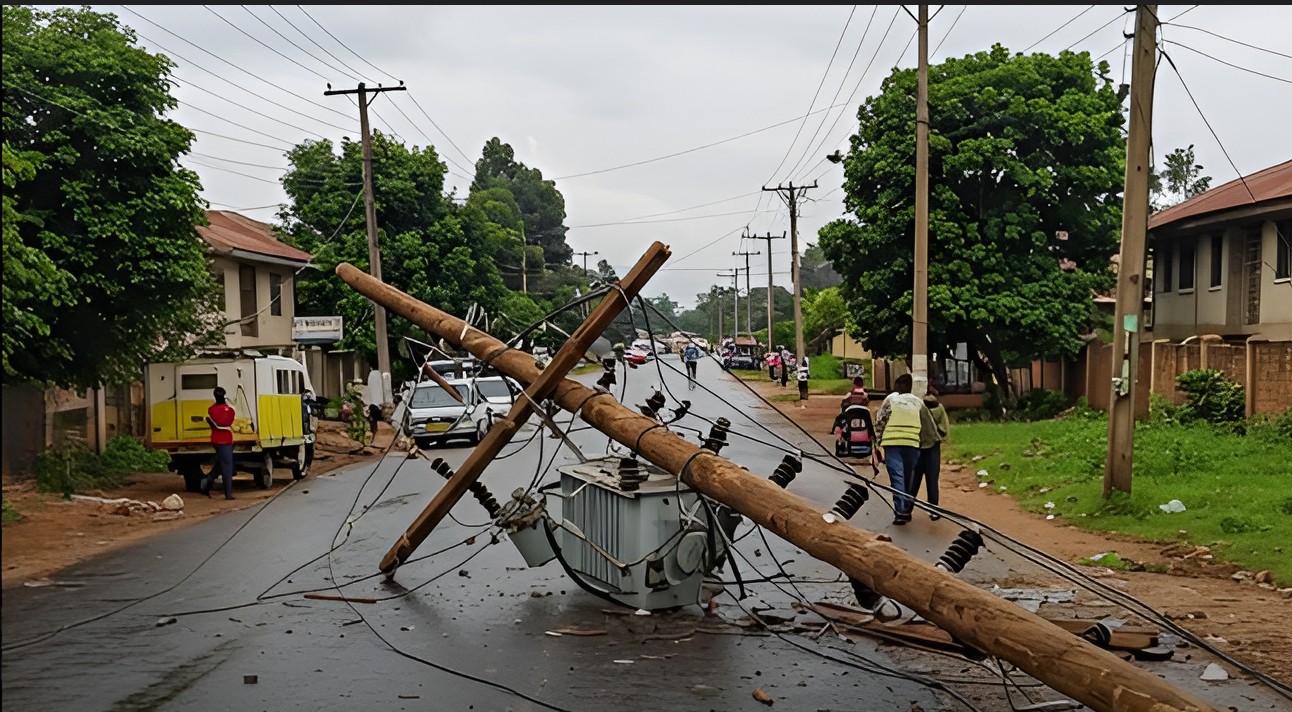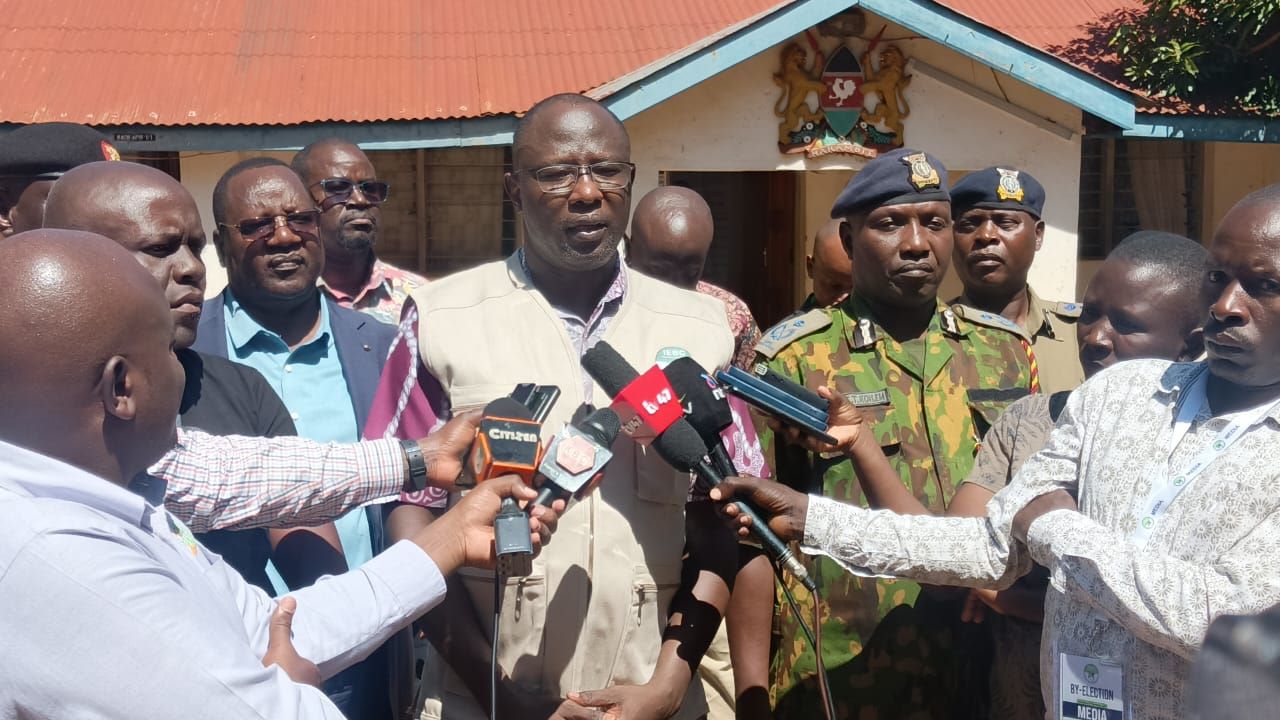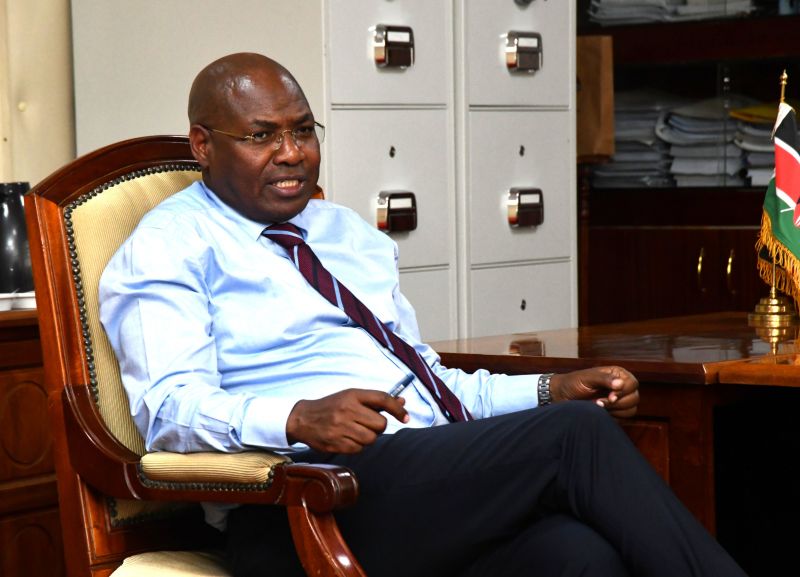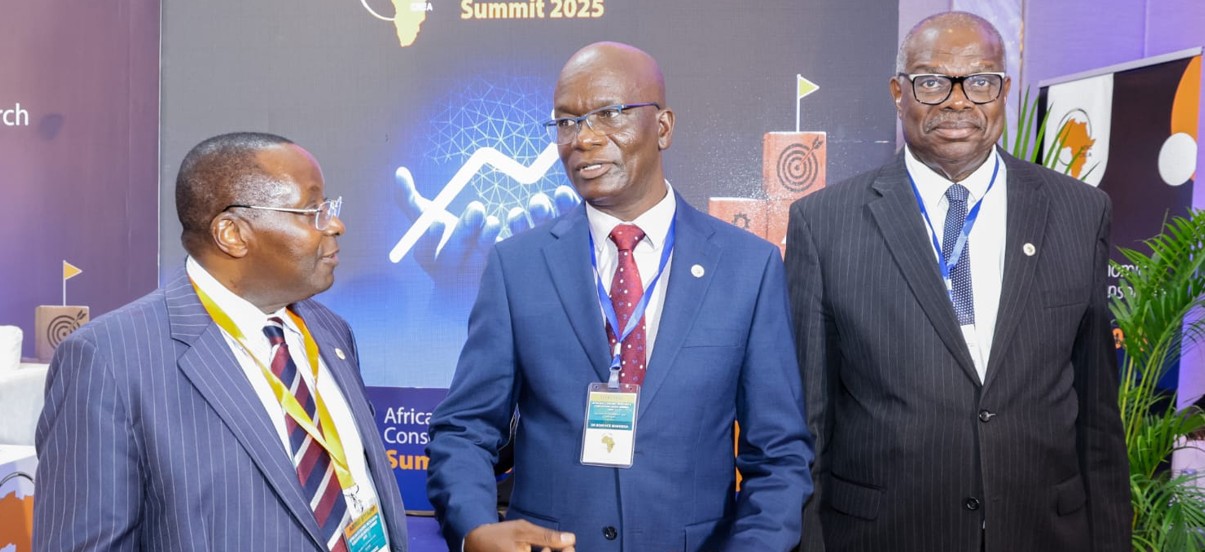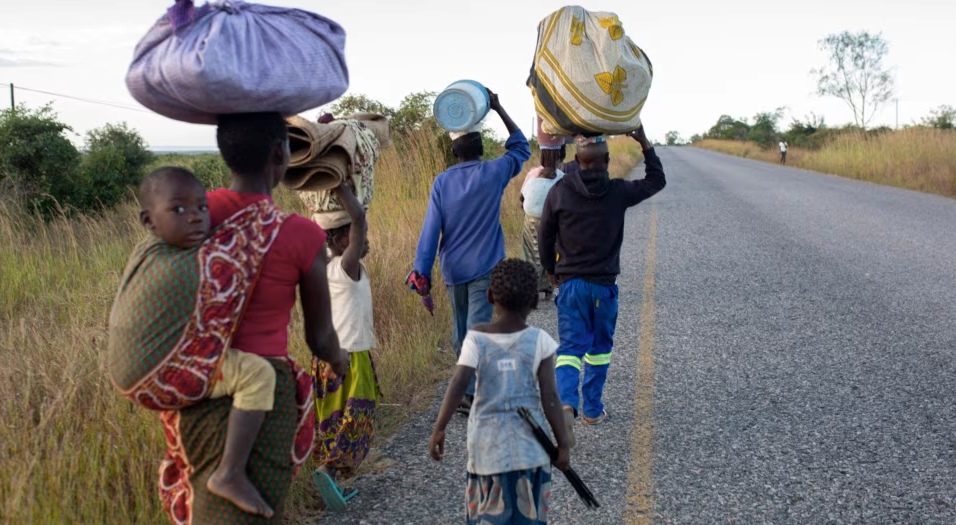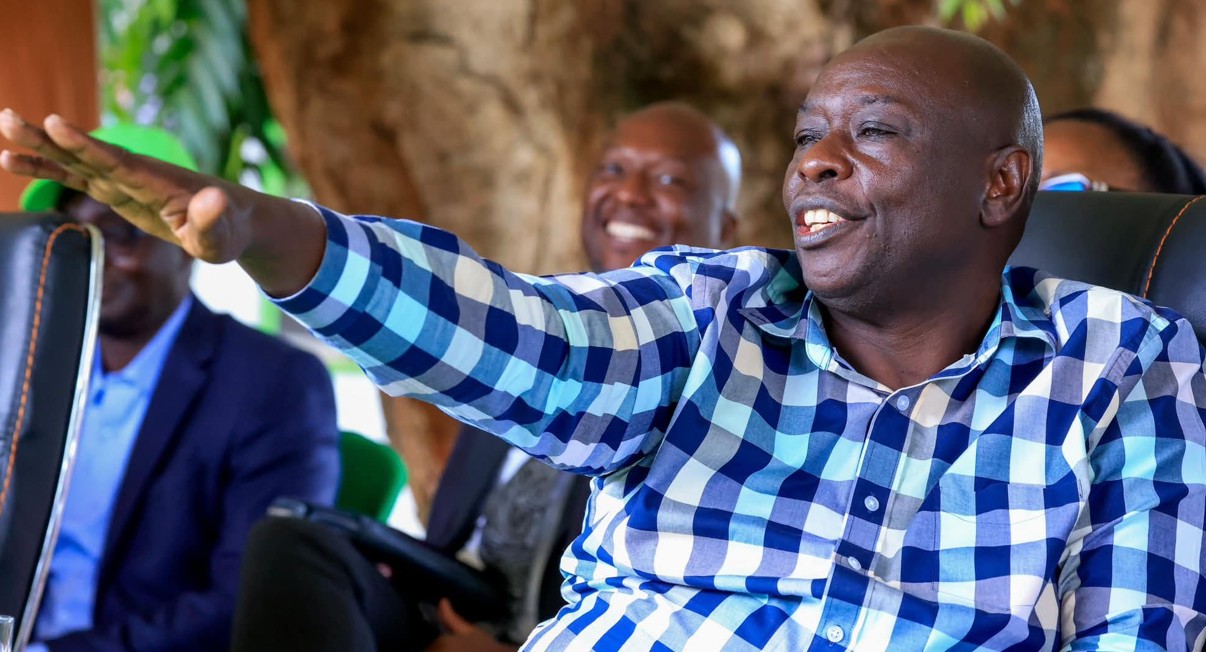Male circumcision is made easier by a clever South African invention - we trained healthcare workers to use it
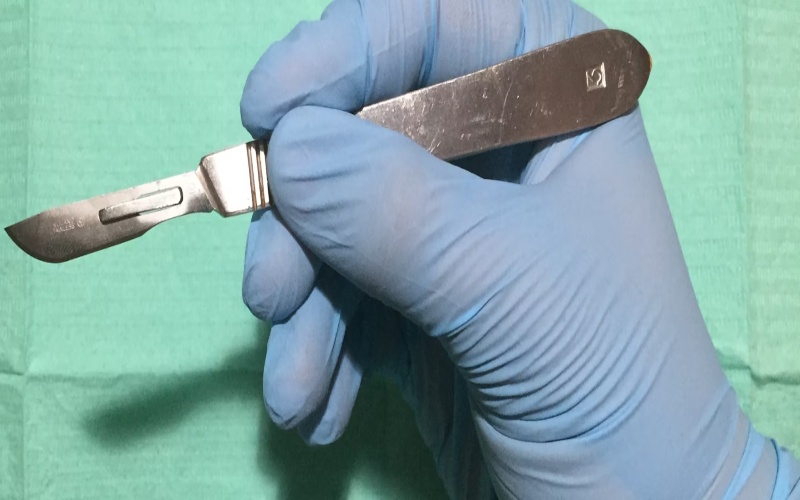
Several southern African countries started their national circumcision programmes to prevent HIV in 2010. As of 2023, 37 million voluntary medical male circumcisions had been performed in 15 high priority African countries.
Voluntary medical male circumcision is one of the most important ways to reduce new HIV infections. The foreskin contains receptors that HIV can attach to, and removing it reduces HIV transmission from women to men by about 60 per cent.
But cost and access issues have been barriers for many men and boys in southern Africa. With US funding being cut for HIV programmes, it is increasingly important to scale up voluntary circumcision programmes using local resources.
More To Read
- Youth still hardest hit by new HIV infections as Kwale marks World AIDS Day
- Turkana marks World AIDS Day with stark warning over rising HIV infections
- German researchers find highly effective HIV antibody
- Maasai community leads change as elders endorse fight against FGM and early marriage
- High Court upholds ruling against KDF for HIV discrimination in recruitment
- Stakeholders warn of increased FGM cases in Wajir during long school holiday
Together with Bonginkosi Eugene Khumalo, head of the circumcision programme at Northdale Hospital, KwaZulu-Natal, we did a study to evaluate the training of primary care providers to use Unicirc, a novel surgical instrument designed in South Africa according to World Health Organisation (WHO) specifications.
Our new study describes an ongoing training programme being run by the Centre for Excellence (a long-standing circumcision training programme) at Northdale Hospital in KwaZulu-Natal, a province where traditional circumcision is not practised and which has the highest HIV prevalence in South Africa.
Unicirc is a simple, single-use circumcision tool made of metal and plastic. It’s pre-sterilised, disposable and designed for use by general healthcare workers, not just specialists. This makes it safe and practical for use in local clinics.
The study demonstrated the practicality of training primary care doctors, nurses and clinical associates in Unicirc male circumcision.
Circumcision is an important HIV prevention method. It’s vital for countries to scale up services in a cost-effective way and to make them widely available in local areas.
How it’s done
Currently, almost all circumcisions are done by surgical cut and stitch techniques, where specially trained surgeons cut off the foreskin with scissors, then sew up the open wound. It can be done in a surgery under local anaesthesia, but men and boys need to be monitored closely afterwards to make sure all bleeding is stopped. It can cost anywhere between R1000 and R4000 in the private sector in South Africa.
Doctor Cyril and Doctor Elisabeth Parker developed the method at their general practice in Cape Town in 2012. This new tool greatly simplifies circumcision so that it can be performed by medical personnel with basic training. It takes only 10 minutes, causes no bleeding, and needs no injections or stitches. It results in a rapidly healing, cosmetically pleasing circumcision.
Thousands of these circumcisions have been performed at clinics in Cape Town and an area called Mitchell’s Plain, and nurses and clinical associates have been trained in the technique. Unicirc circumcisions are now being offered at nurse-run Unjani clinics in South Africa.
In the Northdale programme, Dr Cyril Parker and his colleagues trained 67 providers, the majority of whom were nurses and clinical associates. These are mid-level healthcare professionals who work under the supervision of a medical doctor to provide primary medical care.
They performed these circumcisions on 1,240 men and boys with no serious complications. Trainees found it faster, simpler and with better results than other methods. The programme is ongoing, with trainees continuing to perform circumcisions safely.
Initially, none of the trainees had used Unicirc. Around 61 per cent of trainees were men and 39 per cent were women, showing a need to encourage more women to join. Nurses (46 per cent) and doctors (45 per cent) made up most trainees, and clinical associates the rest (9 per cent). About 38 per cent had no prior circumcision experience, while 33 per cent were highly experienced in surgical circumcision. This shows the programme can train complete beginners as well as experienced providers.
Nurses and clinical associates are key to expanding cost-effective circumcision access, freeing up medical doctors for other tasks. A disposable, single-use tool reduces infection risks and is well-suited to clinics with limited resources.
What next?
The programme is moving into a phase focused on mentoring, quality checks and further expansion. If widely adopted, Unicirc could greatly improve access to safe, simple and rapid circumcision across resource-limited settings. It is simple enough to be used in traditional circumcision schools.
Along with effective treatment, prevention of mother-to-child transmission, and medication to prevent HIV infection, circumcision plays a critical role in HIV prevention efforts in Africa. Unlike traditional circumcision, voluntary medical circumcision is done under sterile conditions by trained providers with few complications and the ability to deal with any that do occur.
The Conversation
Peter S Millard, Adjunct Professor, University of New England, United States
This article is republished from The Conversation under a Creative Commons license. Read the original article.
Top Stories Today
